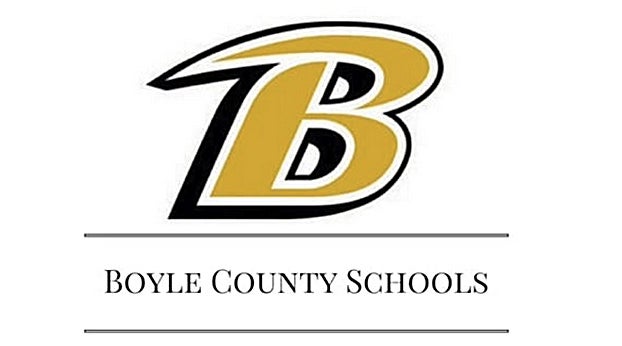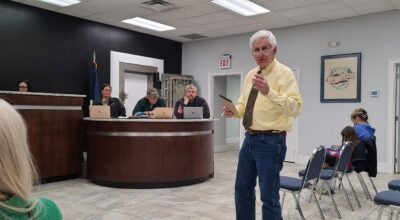Boyle school board approves academic recovery grant
Published 4:35 pm Monday, March 15, 2021
The Boyle County Schools Board of Education approved an academic recovery grant program during a board meeting March 11, using money from round two of the Elementary and Secondary School Emergency Relief Fund through the Coronavirus Aid, Relief and Economic Security Act.
This will seek to increase instruction time particularly in reading and math, provide opportunities for programs after school and during breaks and is an effort to address gaps in learning as a result of the pandemic or that have not been effectively addressed during the pandemic due to the nature of virtual or socially distanced learning.
Superintendent Mike LaFavers said the money doesn’t come in grant form — it comes as money the Kentucky Department of Education has established how to spend, and the grant itself is something the district came up with.
The total amount to the district from ESSER2 is $1.39 million, and the academic recovery grant will consist of $520,000 of that, LaFavers said. The whole amount is not going to the grant because the district has other needs to fund, he said, like food service and the potential of more virtual learning in the future.
The majority of the money for the grant will be available to schools that apply and have their applications approved by July 1, about 70%, and the remaining funds will become available later in the year.
“And as long as what the school has laid out in their grant proposal meets the components, then they’ll get the funding that’s allowable on July 1,” LaFavers said.
The grant proposals will consist of schools’ own plans to meet the various components, or requirements, which consist of three elements: extending the school day in math and reading instruction, for some schools extending learning into the afternoon or into breaks, and reducing learning gaps for students who have been identified for special education. The components vary slightly based on the level of school — high, middle and elementary. The district is leaving plans largely up to schools on how to meet these components, LaFavers said, because every school is different, and families have different needs.
LaFavers said schools will likely quickly submit applications because they will want money as soon as possible to potentially hire more teachers and instructional assistants, purchase software programs and fund other efforts.
Though fulfilling the components involves more instruction time, LaFavers said it might not have any impact on teacher pay, though if it requires more instruction time in the evenings or during school breaks or use time set aside for teacher planning periods, he said teacher salary schedules should be able to accommodate that to provide additional compensation.
Schools will be paid a certain amount of money per child through the grant by meeting certain criteria. The schools can then use money raised to hire more staff, purchase software or otherwise expand resources.
“We think they’ll need to have staff to address the learning loss” due to COVID-19, LaFavers said.
One of the pandemic’s largest impacts on learning is a shift in how schools in the district have been able to utilize learning systems themselves, especially for special education. For example, LaFavers said the district aims to have smaller class sizes and more small group learning to provide better one-on-one learning and hold students’ attention better, which requires a more tight-knit setting COVID-19 doesn’t necessarily allow.
“That’s been one of the difficult things, is we know whole-group teaching is not the best for students with learning disabilities and it’s not the best for gap reduction, and COVID has forced a lot of whole-group, large-class teaching,” he said.
The reason for the emphasis on math and reading instruction and increased instruction time is largely due to MAP, or measure of academic progress, data for the district, and lost in-person instruction time. So, he said, the grant seeks to provide long-term relief from lost academic progress, as the district looked at how to establish a grant program that would seek to improve progress over the next one or two years.
Steve Karsner is chief student services officer for the district and also the head of the academic recovery grant committee, which will consist of several central office members who will review academic recovery grant proposals.
He said in an email that the district has begun looking at MAP data recently and has not completed all data, but over the fall of 2020, the district compared the data to prior years and noticed student reading scores were comparable to previous years, but math scores were significantly lower.
“In a normal year, in most classrooms, our students exceed the national norms for the rate of growth,” Karsner said. “This winter, most students have shown some growth in reading and math, but it is not at the rate we normally see. We realize this is likely due to the different learning modes we have endured this year during the pandemic. We are very proud of the work our students, teachers and families have done to get us through this year so far. This academic grant will help provide resources to our schools to help students back to learning the way they have in the past.”
In other business
• The performing arts theater located in Boyle County Middle School is almost ready to open, and features dressing rooms, a room for set materials and props, an auditorium and other performance facilities.







